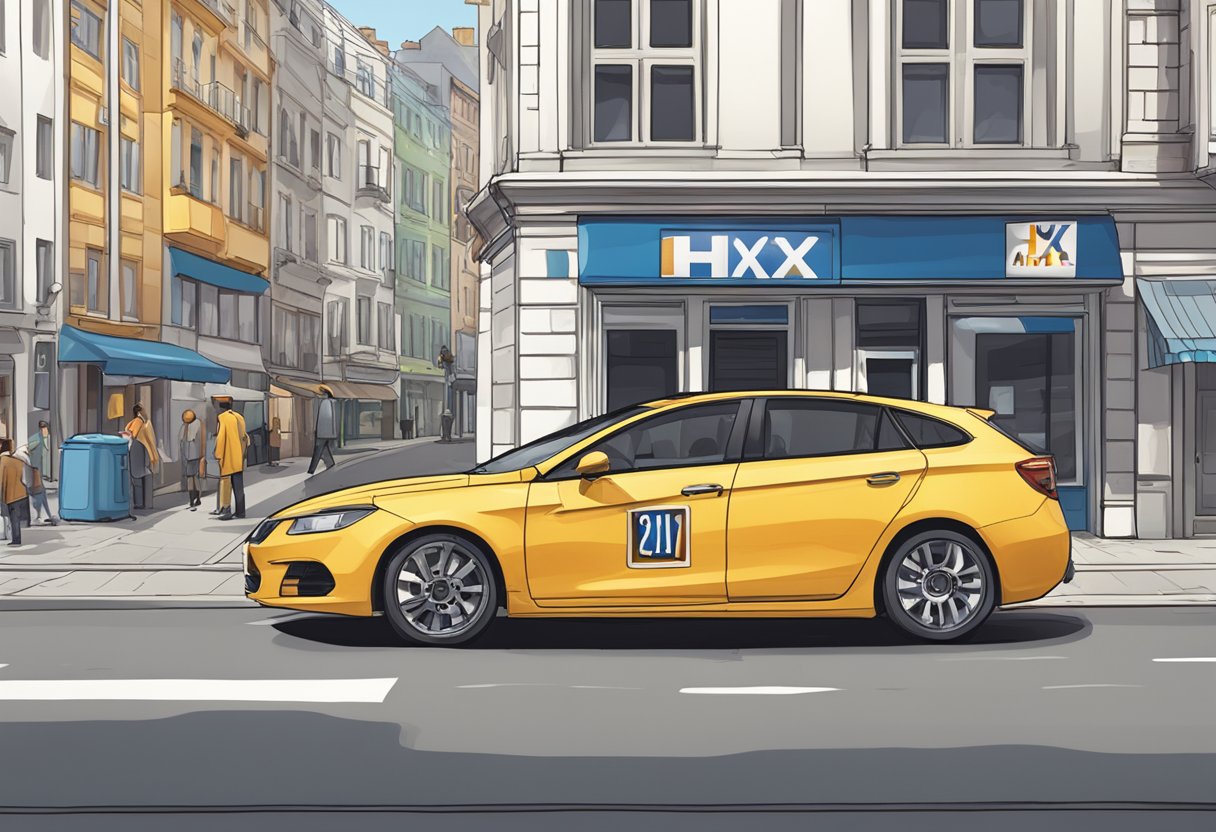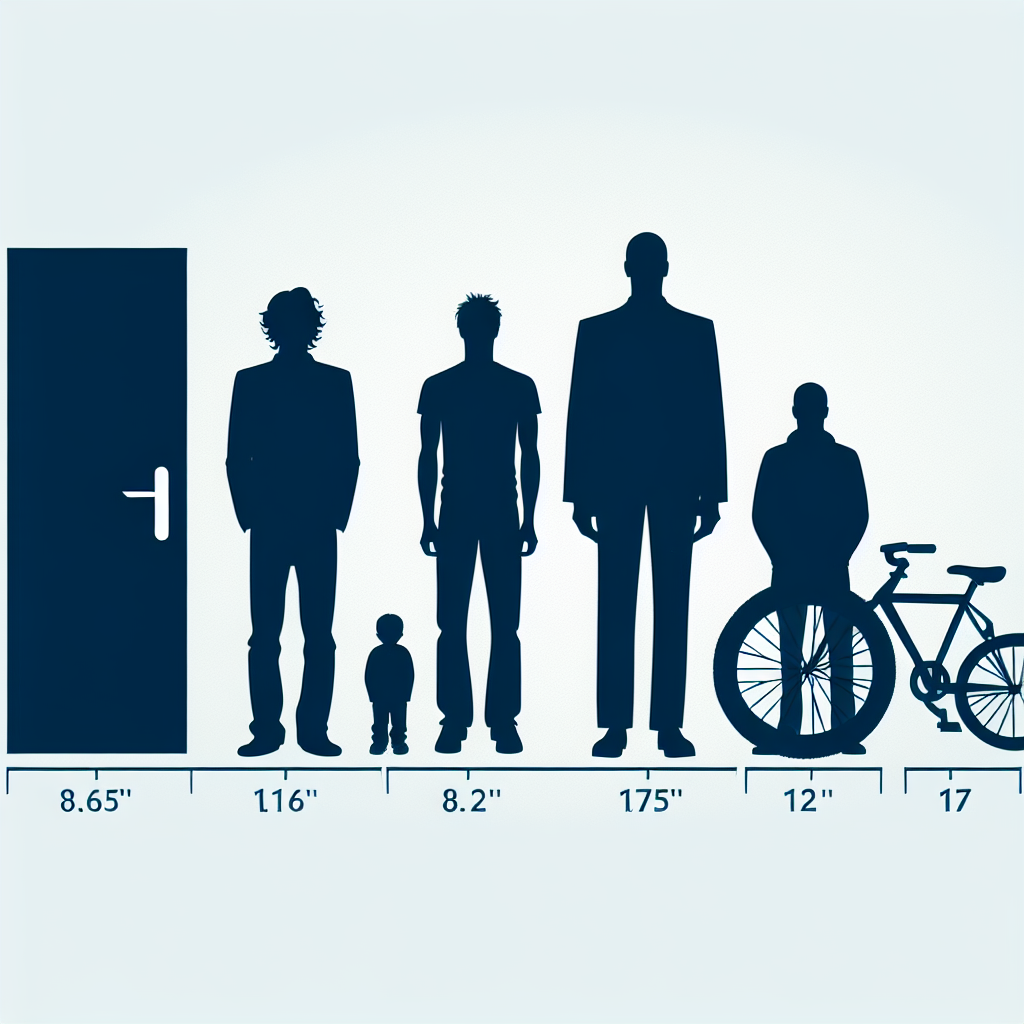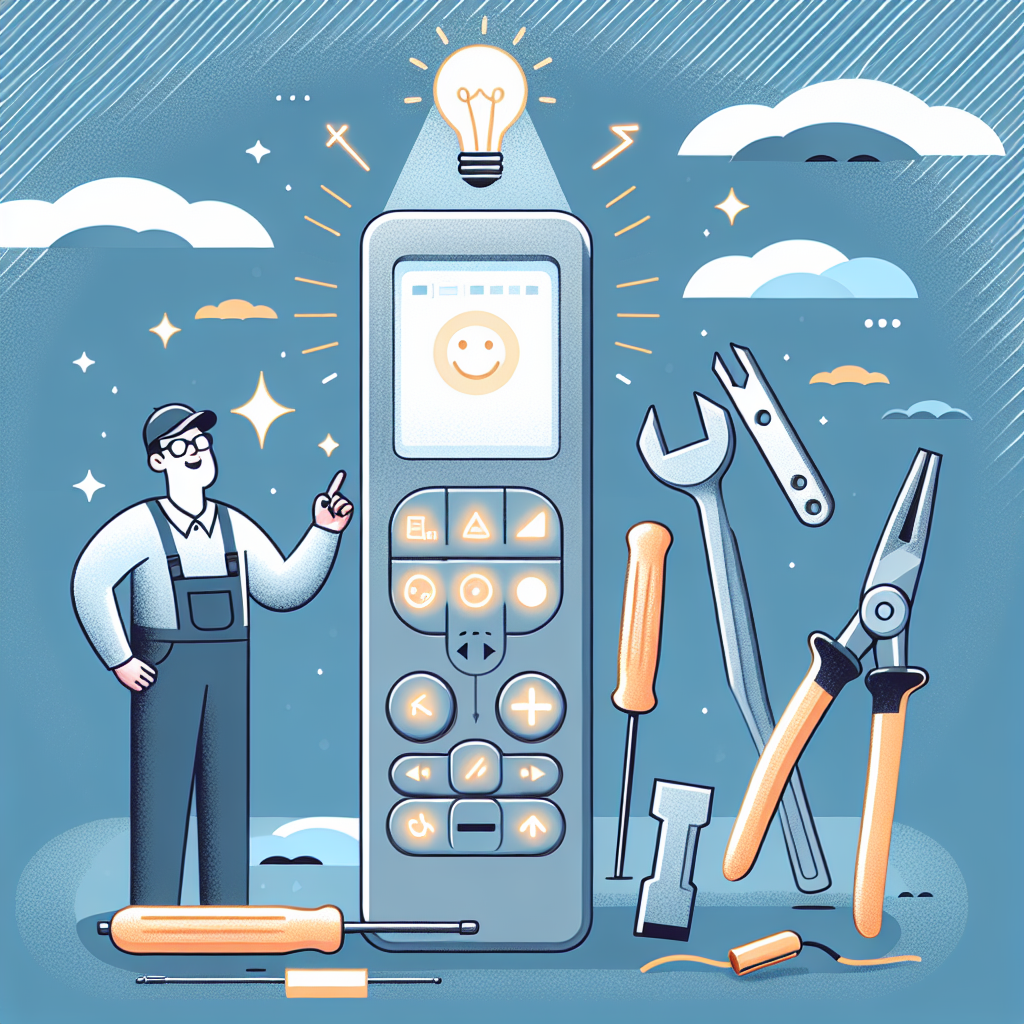Electric Vehicle Charging Types Explained: A Comprehensive Guide
Electric vehicle (EV) charging is a crucial aspect of the growing adoption of electric vehicles. With various charging types available, understanding their differences can help EV owners make informed decisions. This article delves deep into the various electric vehicle charging types, explaining how they work, their benefits, and their ideal use cases.

Electric Vehicle Charging Types Explained
As electric vehicles become increasingly popular, understanding the different types of charging available is essential for current and prospective EV owners. Knowing the specifics of each charging type helps you optimize your EV experience, whether you're charging at home, work, or on the road. Below, we break down the primary electric vehicle charging types, their functionalities, and ideal applications.
1. Level 1 Charging
Level 1 charging refers to using a standard household outlet (120V) to charge your electric vehicle. This type of charging is the slowest of the three and typically provides around 4-5 miles of range per hour of charging.
How It Works
Level 1 charging involves plugging your EV into a regular wall outlet with a charging cable. Most electric vehicles come with a Level 1 charging cord, making it easy to 'refuel' overnight while parked at home.
Best Use Cases
- Perfect for overnight charging at home.
- Best suited for plug-in hybrids or EVs with lower range needs.
- Ideal in locations with limited access to higher voltage charging infrastructure.
Benefits and Drawbacks
Benefits: Cost-effective installation and the convenience of using existing outlets.
Drawbacks: Slow charging speeds make it impractical for long-distance travel or quick turnarounds.
2. Level 2 Charging
Level 2 charging uses a 240V outlet, significantly speeding up the charging process, delivering around 10-60 miles of range per hour. This type of charging is common in public charging stations and homes with dedicated charging equipment.
How It Works
To utilize Level 2 charging, you’ll need a dedicated EVSE (Electric Vehicle Supply Equipment), which is usually hardwired into your electrical system or plugged into a dedicated outlet. This setup allows for faster charging without overloading your home’s electrical system.
Best Use Cases
- Ideal for home installations where users want a faster charging option.
- Commonly found in public charging stations in urban areas and near shopping centers.
- Suitable for workplaces offering charging facilities for employees.
Benefits and Drawbacks
Benefits: Offers a balance of charging speed and convenience, making it feasible for daily usage.
Drawbacks: Requires a larger investment for installation and access might be limited depending on location.
3. DC Fast Charging (Level 3 Charging)
DC Fast Charging is the fastest option available and is mainly used for rapid charging at public charging stations. With the capability to provide 100-300 miles of range in just 20-30 minutes, it is a go-to choice for long-distance traveling.
How It Works
DC fast chargers convert AC power from the grid into DC power which can be fed directly into the vehicle’s battery. This charging method utilizes more powerful dedicated hardware, which usually requires a high-powered connection.
Best Use Cases
- Ideal for long-distance travel where quick turnaround is essential.
- Convenient for drivers who need to recharge during road trips at highway rest stops.
- Useful for any situation where time-efficient charging is required.
Benefits and Drawbacks
Benefits: Maximizes time efficiency for drivers on the go and supports a greater travel range.
Drawbacks: Higher costs compared to other charging types, availability varies widely, and not all EVs can charge at DC fast stations.
4. Tesla Supercharging
Specific to Tesla electric vehicles, Supercharger stations utilize a proprietary charging technology to deliver extremely fast charging speeds, often up to 250 kW, allowing Tesla owners to add up to 200 miles of range in about 15 minutes.
How It Works
Supercharge stations consist of a network of DC fast chargers designed exclusively for Tesla vehicles, making charging highly optimized for Tesla's battery management systems.
Best Use Cases
- Perfect for Tesla owners on road trips, providing a reliable and fast charging solution.
- Commonly found along major highways, facilitating long-distance travel and tourism.
Benefits and Drawbacks
Benefits: Extremely fast charging speeds tailored for Tesla-compatible vehicles.
Drawbacks: Exclusively available to Tesla vehicles, limiting accessibility for drivers of other EV brands.
Conclusion
Understanding the different types of electric vehicle charging can significantly affect your daily EV usage and overall driving experience. Level 1 charging provides a basic solution for overnight use, while Level 2 charging offers a more balanced approach to convenience and speed. For long road trips, DC Fast Charging and Tesla Supercharging become essential for minimizing downtime. By choosing the right charging type for your lifestyle, you can enhance your electric vehicle experience and make the most of your eco-friendly investment.
New posts

The Rise of E-Mobility Start-Ups: Transforming the Future of Transportation
Electric Vehicles

Understanding the Percentage of Electric Cars in Norway: A Comprehensive Analysis
Sustainability

Exploring Electric Car Battery Swap Stations: A Revolutionary Solution for Sustainable Transportation
Electric Vehicles

Latest E-Mobility News: Trends, Innovations, and Insights
Sustainability

The Future of Performance: Exploring Audi Quattro Electric Technology
Sustainability

Understanding Bio Hybrids: Revolutionizing Biotechnology
Technology

Bio Hybrid vs Electric: Which Is the Future of Sustainable Driving?
Innovation

Exploring the Audi Quattro Electric Range: Performance, Efficiency, and Features
Electric Vehicles

Audi Quattro Electric vs Tesla Model Y: A Comprehensive Comparison
Electric Vehicles

What to Expect from Bio Hybrid Cars in 2025
Sustainability
Popular posts

The Rise of Polestar Motorcycles: A Comprehensive Look at This Exciting New Player
Sustainability

Maximize Your EV Experience with a Wallbox Garage: All You Need to Know
Home Improvement

Exploring NIO Power Swap Stations: Revolutionizing EV Ownership
Sustainability

Exploring Apple Project Titan: The Future of Autonomous Vehicles
Innovation

How Do Electric Car Incentives Work? A Detailed Guide
Sustainability

The Rise of Eco-Friendly SUVs: What You Need to Know
Sustainability

Hydrogen vs Electric Cars: A Comprehensive Comparison
Sustainability

The Latest Insights and Trends in EVNews: Your Go-To Source for Electric Vehicle Updates
Sustainability

Unveiling the Latest E-Mobility Trends in Europe
Technology

Exploring the World of EV Magazines: Your Ultimate Guide
Sustainability